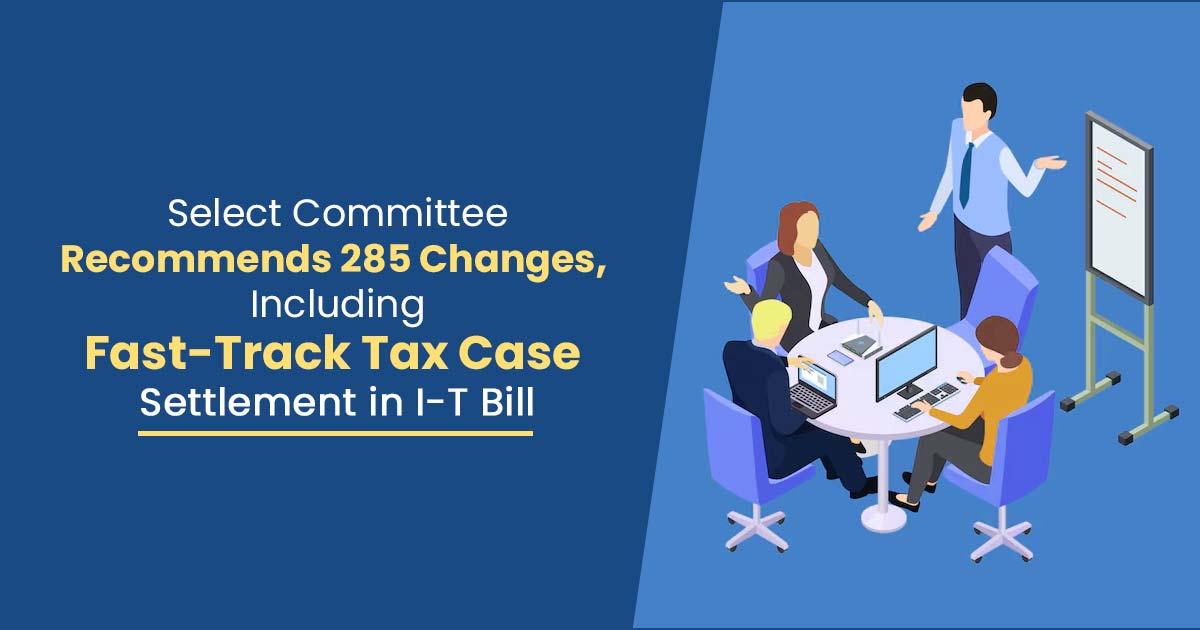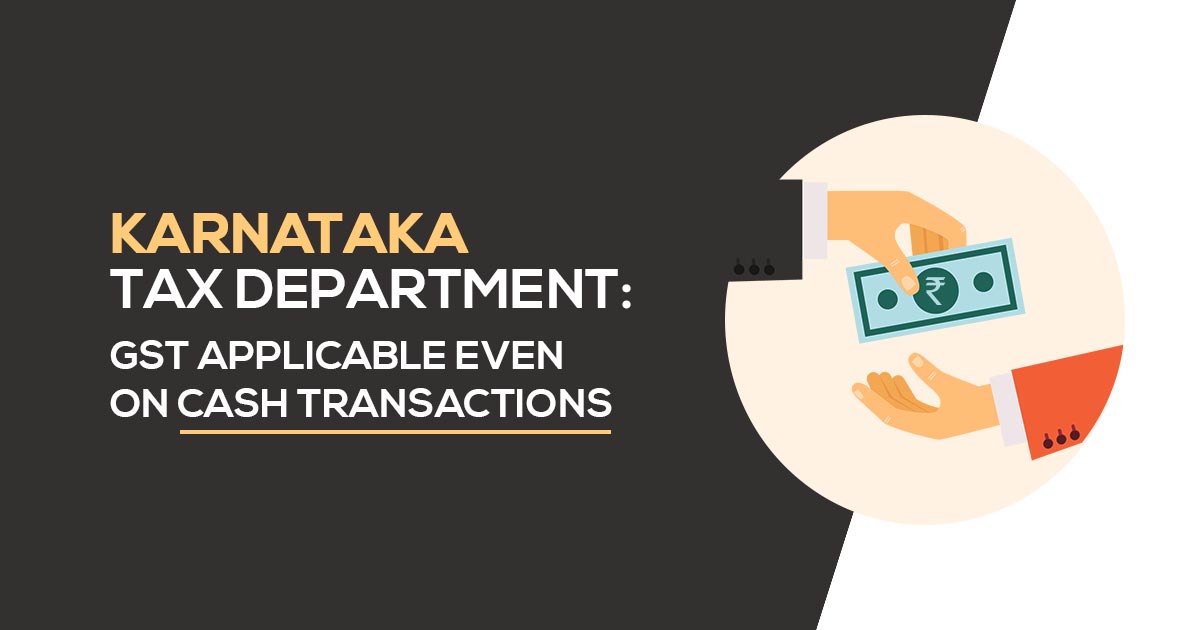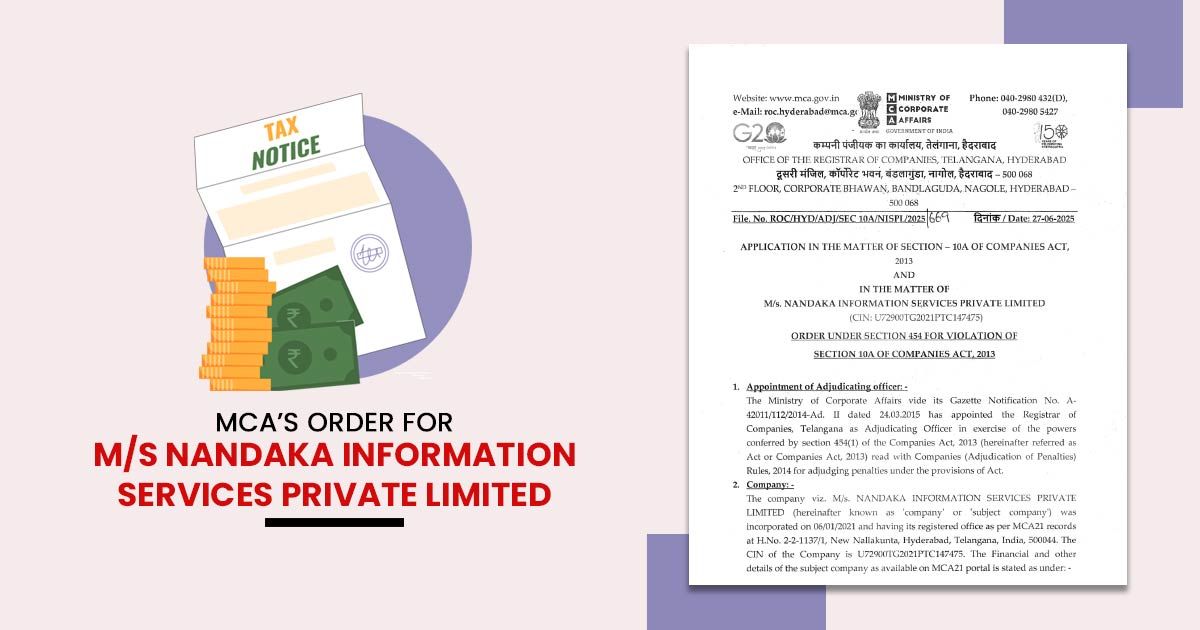In the 34th meeting, the GST Council gave a green signal and finalised the modalities for changing the new tax rates on residential flats, thereby giving the builders options to choose.


Powerd By SAG INFOTECH
Notifications can be turned of anytime from browser settings

In the 34th meeting, the GST Council gave a green signal and finalised the modalities for changing the new tax rates on residential flats, thereby giving the builders options to choose.

Recently, the proper officer cancelled many registrations under the provisions of sub-section (2) of section 29 of the CGST (Central Goods and Services Tax) Act, 2017 read with rule 21 of the CGST Rules

As per the sources, the service providers with an annual turnover of up to INR 50 lakh has been given the time till April 30 to opt for the composition scheme and pay 6 per cent GST by the tax department.

It is the food aggregators, who have raised the issues in context to the GST Compliance and have requested for a thorough review. The Food aggregators like the Zomato, Swiggy and UberEats these days are gaining popularity bases the prompt and services being offered by them. It has started replacing the restaurant businesses but at […]

Get all the year 2018 notifications, circulars, orders given by the central board of indirect taxes department issued for clearing out any change in provision, rules, conditions or extension of due dates for any particular form. The notifications are necessary for all the businesses and taxpayers to be updated with all the regular changes in […]

Recently, the companies whose tax payments do not match with the e-way bills generated have been asked for clarification by the GST officers. The revenue authorities have found this tax evasion while matching outward good supplies with the data, as reported from the sources.

Cost-effectiveness is trending and the implementation of GST and E-way bill supports the same. This is evident from the declaration which has come from the Accutime which hinted and suggested the Cos rethink its logistics.

Gen GST is a complete and unique GST solution that has been developed by the leading tax solution provider-SAG Infotech Pvt. Ltd (Jaipur, Rajasthan, India)

Tax sleuths have planned a fresh crackdown on traders practising tax evasion of Goods and Services Tax (GST) by pursuing new registration for their businesses without dismissing a prior one.



